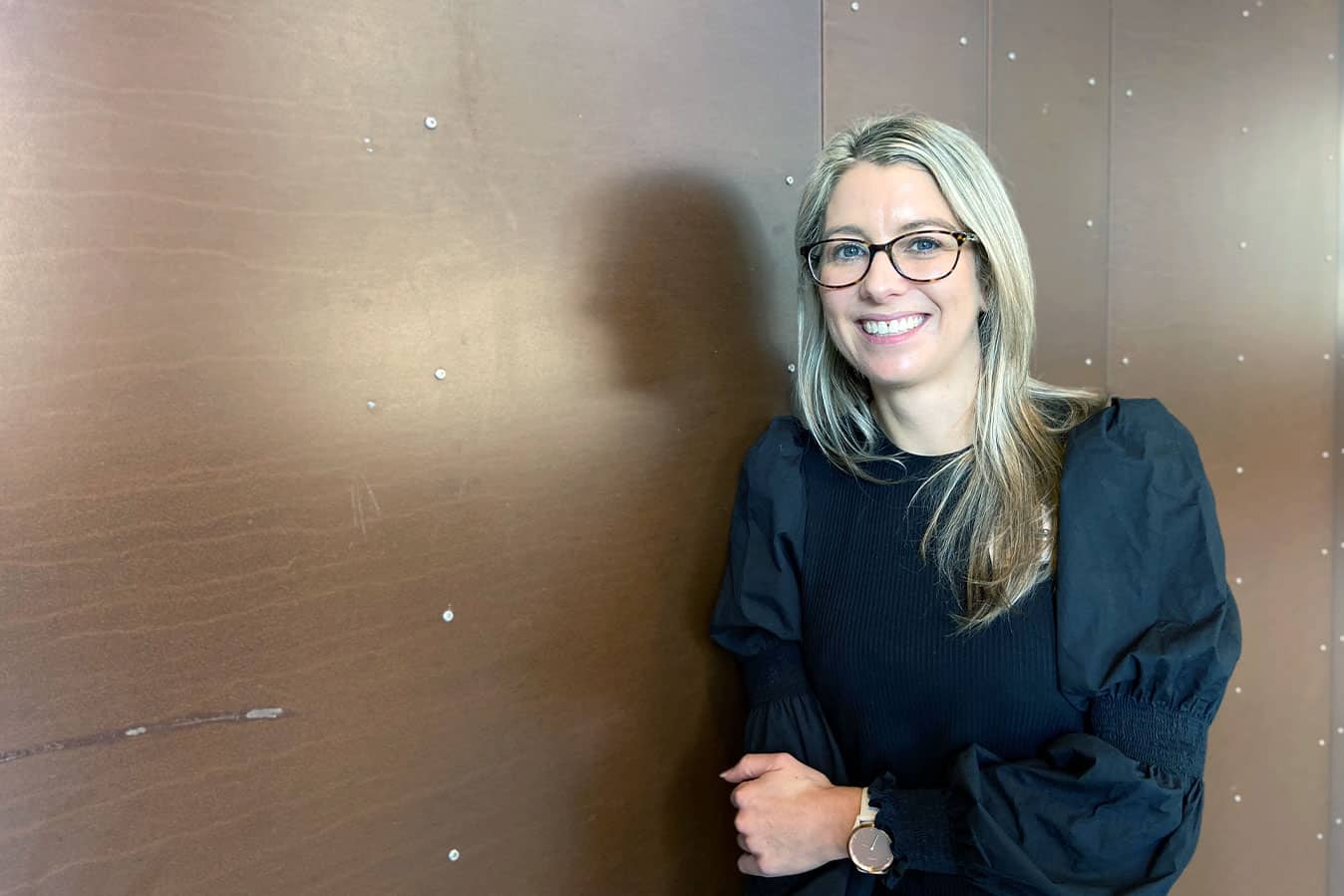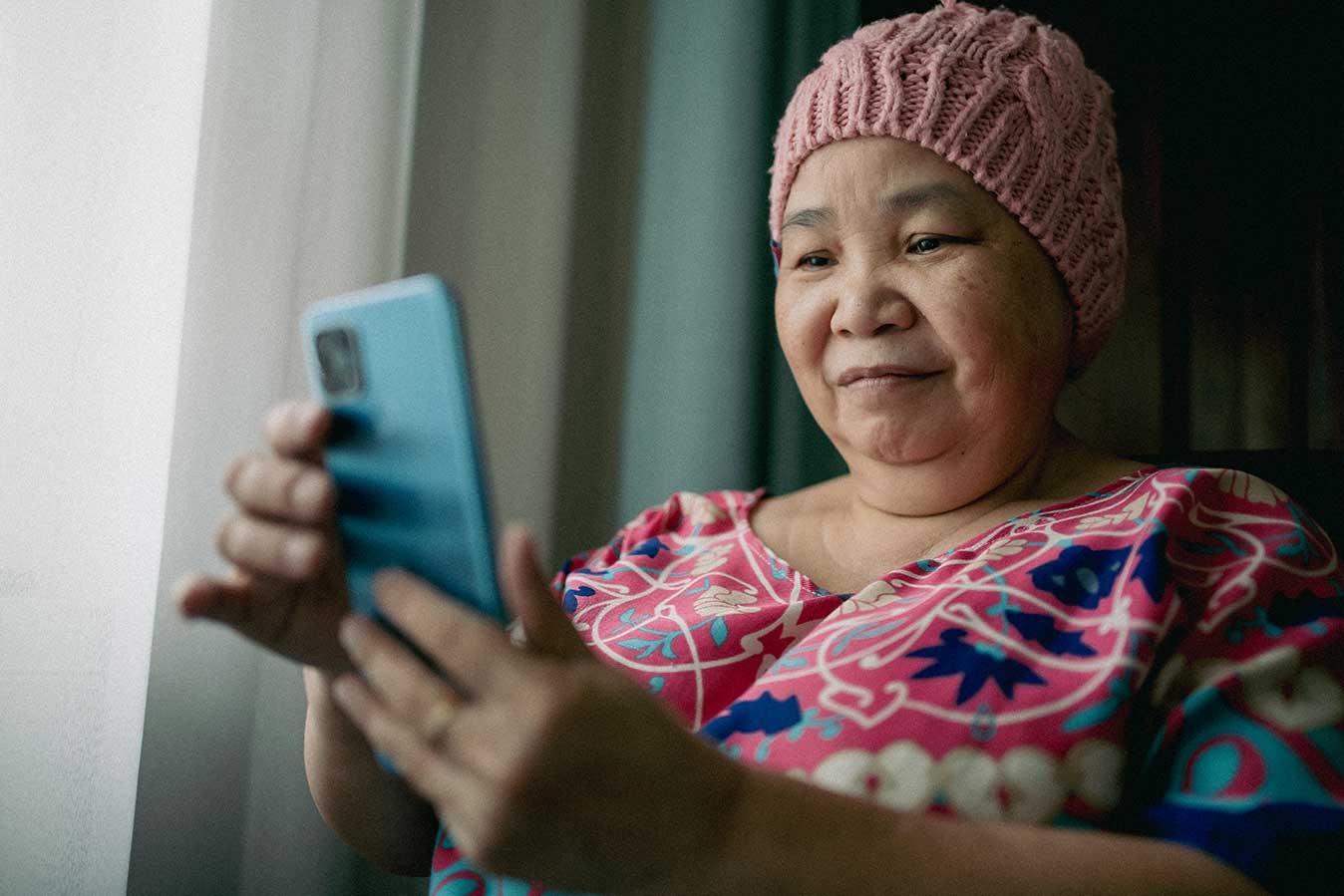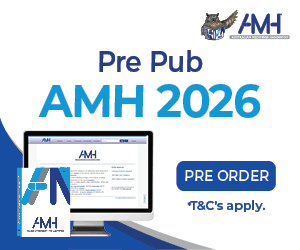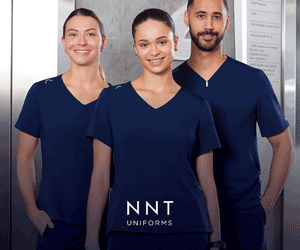How can voluntary assisted dying (VAD) be improved across Australia over the next two years?
According to hundreds of clinicians working in the field who attended the country’s first national VAD conference in Sydney last week, run by charity Go Gentle Australia and VADANZ, improved access to telehealth, which involves some consultations via phone, video call or email, remains the top priority.
At the heart of the ongoing issue is amendments added to the Criminal Code Act in 2007, and specifically two sections that prohibit the use of a carriage service to send ‘suicide related’ materials. Despite VAD not being considered suicide, clinicians have been reluctant to use telehealth to discuss VAD with their patients over fears of prosecution and a potential $220,000 fine. As VAD has spread across Australia, health professionals have continued to lobby the federal government to amend the Commonwealth law that discourages the use to telehealth, saying that the current ambiguity is denying many dying Australians access to vital care.
Voluntary assisted dying is now legal in all six Australian states, giving eligible terminally ill people greater choice and control over the timing and circumstances of their deaths. NSW will become the final Australian state to implement its law next month, on 28 November.
Speaking at the conference, which drew expert clinicians, policymakers and patient advocates from across the country to discuss frontline experiences and identify policy areas for improvement, Professor Michael Dooley, Director of Pharmacy at Alfred Health, told delegates many practitioners were already providing valuable care, yet, the challenge now was to improve access so that patients and families received greater support.
When COVID-19 hit, he explained, the Alfred’s voluntary assisted dying state-wide service was the only one out of 17 services not allowed to use telehealth to continue providing care for patients.
“Our lung transplant services, our palliative care services, our haemophilia services, our cystic fibrosis services, were able to implement telehealth and keep patients safe and provide those services. In the middle of COVID-19, when we weren’t vaccinated, the team, the pharmacy team, and the medical team, and the VAD coordinators and everyone else, had to go and see patients face-to-face. We had to get out of Melbourne’s ring of steel and we had to travel interstate, unvaccinated, to see patients who wanted to receive VADs, who may have had COVID, who didn’t want to end up in hospital, because they weren’t allowed to have any visitors, and we had to do that,” he said.
“Telehealth is something that we need to be able do. At the moment there are many health practitioners who spend countless hours of their own time working around that to make sure that care is provided; and that is not sustainable.”
Registered nurse Laurie Draper is a Voluntary Assisted Dying Care Navigator at Victoria’s state-wide service, based at the Peter MacCallum Cancer Centre, which was established in line with the introduction of VAD laws coming into effect in 2019.

She was working as a haematology nurse when the opportunity came up to pivot into VAD and build on her passion for patient-centred care and giving patients the choice to shape their own healthcare.
As a VAD Care Navigator, Laurie’s role involves “a bit of everything”.
“We’re a point of contact for anyone in Victoria wanting information about VAD,” she told the ANMJ at the conference.
“So that can be patient carers, health services, doctors. We do a lot of work with providing information to patients when they request it. And that can be as little as sending them some written information, to actually assisting them with finding trained doctors in their area and starting them down the process of assessments.
“We [also] work with health services and aged care facilities a lot in providing education to their staff on voluntary assisted dying so that they can better support their patients and residents that they’re caring for. We also provide a lot of support to the doctors who are conducting the training. So that can involve running, or facilitating, doctor training days, as well as just providing them with collegial support when they’re actually doing assessments for first-time patients, or attending their homes doing a practitioner administration.”
Because of the nature of the conversations Laurie has, and under the current law, all of the care she provides to people accessing VAD is conducted face-to-face.
Echoing the findings of the top issue clinicians believe can improve VAD in Australia moving forward, Laurie agreed that removing red-tape regarding the use of telehealth would boost access and care.
“It’s about ensuring access to the patients,” she said.
“There definitely needs to be a face-to-face component of [care], but we see a lot of people, especially in regional areas, who are disadvantaged because they either have to travel hundreds and hundreds of kilometres to see trained specialists, or they just can’t. And so they miss out. With the use of telehealth, that would enable more equity of access for regional patients and terminally ill patients. Even some patients in Melbourne who are bedbound and we can’t get a specialist to them.”
The state-wide service deals with about 1,000 people per year. Sometimes, people simply want to access information. Other times, they make it through the process, but do so too late to actually complete it. National data shows a third of people receive the medicine, but never take it.
Laurie says nurses are playing a crucial role in the development of VAD in Australia.
“I think probably just in any end-of-life care, whether it’s VAD or not, nurses are the ones, they’re the community palliative care nurses going into the patient’s home day in and day out. They’re the ones in the inpatient units providing all that care and support, to not only the person, but to their family as well.”
While working in the VAD space presents its challenges, Laurie says being part of the process is giving her immense reward.
“The patients and the families and their stories and just getting to know them,” she says of the best part of the job.
“It’s a privilege to be able to be invited into peoples’ lives at such a vulnerable time.
While the emergence of VAD in Australia has caused some tensions between its aims and palliative care, Laurie suggests that both can co-exist, and that the central aim of all health practitioners should be to provide patient choice. The same goes for everyday Australians about why VAD is an option for terminally ill people.
“It’s voluntary,” Laurie stresses.
“It’s just a choice for some people, if they want to access it. All we are doing is providing them with information about how to go about it so that they can do that for themselves. It’s not taking away from anything else that we’re already providing. It’s not replacing palliative care. It’s just something that people can access alongside all of their usual healthcare.”
Other top priorities listed by clinicians to make improvements to VAD included better remuneration for medical practitioners providing time and services in supporting patients through the VAD process; extension and standardisation of current timeframes to access VAD; development of practice standards across Australia and New Zealand; and integration with specialist palliative care.
Importantly, the VAD conference was the first opportunity for clinicians working in the emerging space to come together to identify and discuss shared challenges.
Pondering future directions for VAD in Australia to close out the conference, speakers highlighted the need to raise greater public awareness about VAD being a legal option at the end of life; addressing challenges to accessing VAD; improving eligibility criteria and streamlining legislation/models; and delivering more support to practitioners, such as Nurse Care Navigators, to help combat emerging burnout issues.








